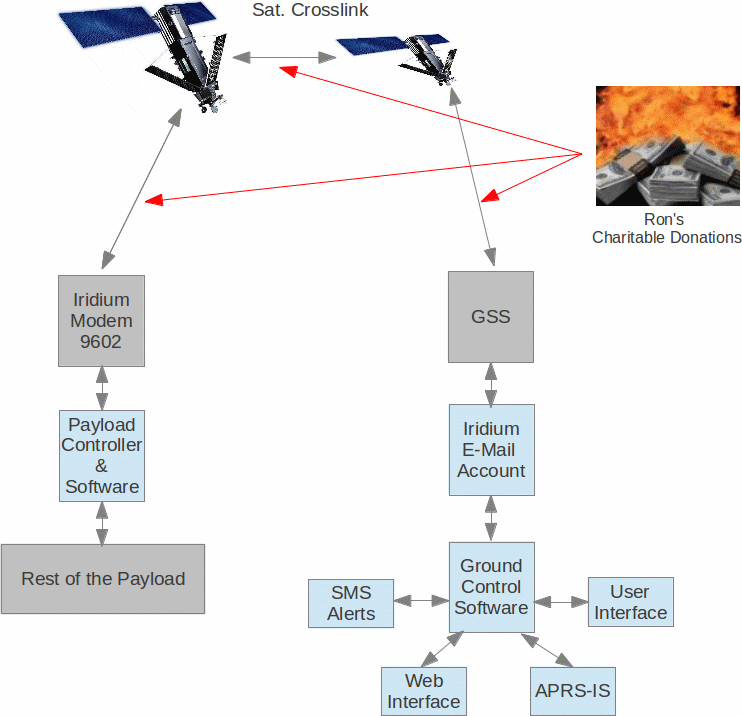
CNSP & Scientific Balloon Solutions California Near Space Project (CNSP) has been working on techniques for long duration balloon flights. We pushed the latex weather balloons far beyond their normal capability. In 2011 we flew CNSP-11, the very first latex balloon to ever cross the Atlantic; it flew from California to the Mediterranean Sea. We flew a second latex balloon across the Atlantic again in 2012. We realized that we needed to...
Read More






